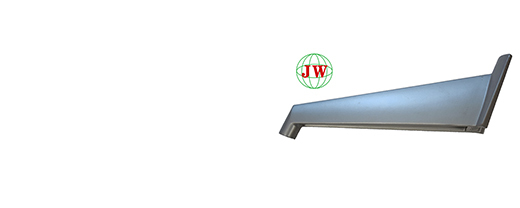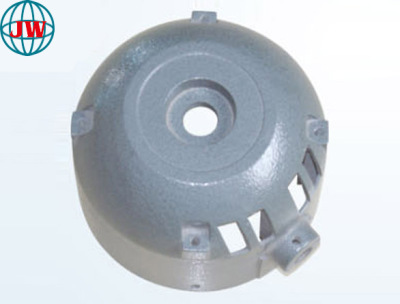
How are medical machinery castings?
2025-05-07 15:02
In the highly specialized and critical field of medical equipment, the quality and performance of components are of utmost importance. Castingsplay a significant role in the manufacturing of medical machinery, providing the structural integrity, precision, and functionality required for life - saving and diagnostic devices. Among various casting methods, die casting has emerged as a valuable technique for producing high-quality components for medical machinery, offering unique advantages and meeting the stringent requirements of this industry.
The Significance of Castings in Medical Machinery
Medical machinery encompasses a wide range of devices, from complex imaging equipment like MRI and CT scanners to surgical instruments and patient - support systems. Castingsare integral to these machines as they form the foundation of many critical components. For example, the frames and housings of large medical imaging devices need to be sturdy enough to support the delicate internal electronics and ensure accurate positioning of the equipment. Castings can be designed to have precise geometries, enabling the integration of various parts and ensuring seamless operation.
Die Casting in Medical Machinery Production
Die casting offers several key benefits that make it suitable for medical machinery manufacturing. One of the primary advantages is the ability to produce components with high precision and repeatability. In the medical field, where even the slightest deviation in dimensions can affect the performance of a device, the tight tolerances achievable through die casting are crucial. The process involves injecting molten metal under high pressure into a die, which is a precisely engineered mold. This allows for the creation of parts with intricate details, thin walls, and complex shapes, all while maintaining consistent quality across multiple production runs.
Material Selection for Medical Machinery Castings
The choice of materials for medical machinery castings is highly regulated and carefully considered. Stainless steel is a commonly used material due to its excellent corrosion resistance, biocompatibility, and strength. In medical environments, where equipment is often exposed to disinfectants, moisture, and various bodily fluids, corrosion resistance is essential to prevent the degradation of components and ensure patient safety. Stainless steel castings can withstand these harsh conditions without rusting or corroding, maintaining the integrity of the medical machinery over time.
Titanium alloys are also gaining popularity in medical casting applications. Titanium is known for its high strength - to - weight ratio, exceptional biocompatibility, and resistance to corrosion. It is often used in the production of orthopedic implants and surgical instruments. Die - casting titanium alloys can create complex geometries that conform to the specific anatomical requirements of patients, providing a better fit and improved functionality.
Quality Control and Regulatory Compliance
Given the critical nature of medical machinery, strict quality control measures are in place for castings used in this industry. Every step of the die - casting process, from material selection and melting to mold design and part finishing, is closely monitored. Non - destructive testing methods such as X - ray inspection and ultrasonic testing are employed to detect any internal defects or voids in the castings. These tests ensure that the components meet the required standards of strength and reliability.
Medical machinery castings must also comply with various international regulations and standards, such as those set by the FDA (Food and Drug Administration) in the United States and the CE (Conformité Européene) marking in Europe. These regulations govern aspects such as material safety, biocompatibility, and manufacturing processes. Manufacturers of medical machinery castings invest significant resources in ensuring that their products meet these stringent requirements, as any non - compliance can have serious consequences for patient health and the reputation of the medical device.
Challenges and Future Trends
Despite its many advantages, die casting for medical machinery also faces some challenges. One of the main challenges is the high cost associated with the production of medical - grade castings. The use of specialized materials, strict quality control measures, and compliance with regulatory requirements all contribute to increased production costs. Additionally, the complexity of medical devices often requires continuous innovation in casting techniques to meet evolving design and performance requirements.
Looking to the future, advancements in die - casting technologyare expected to further enhance the quality and capabilities of medical machinery castings. For example, the development of new alloys with improved properties, such as enhanced biocompatibility or better corrosion resistance, will open up new possibilities for medical device design. Additionally, the integration of digital technologies, such as 3D printing for mold production and computer - aided design and simulation, will enable more efficient and precise die - casting processes, reducing production times and costs while maintaining high - quality standards.
In conclusion, castings, especially those produced through die casting, are essential components in medical machinery. Their quality, precision, and material properties directly impact the performance, safety, and effectiveness of medical devices. Through careful material selection, strict quality control, and compliance with regulations, manufacturers are able to produce castings that meet the demanding requirements of the medical industry. As technology continues to evolve, the future of medical machinery castings looks promising, with the potential for even more advanced and reliable components.
Get the latest price? We'll respond as soon as possible(within 12 hours)












